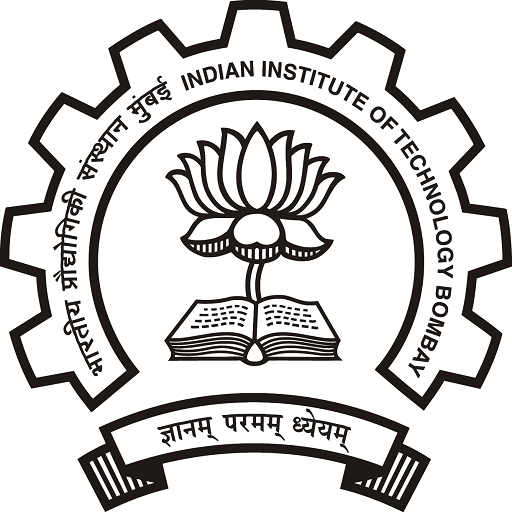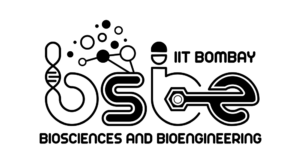BB409: Biological Thermodynamics and Kinetics
Thermodynamic functions – U, A, H, S and G. The First law: work, heat, energy, heat transactions, enthalpy, standard enthalpy changes. The Second law: entropy, entropy changes accompanying specific processes; The Third law and Biology. Chemical equilibrium: Gibb’s energy minimum, description of equilibrium, How equilibria respond to pressure, temperature & pH. Applications of thermodynamic principles to biological systems. Statistical thermodynamics: distribution of molecular states (introduce molecular partition function), the internal & the statistical entropy, Boltzmann distribution.
Basic kinetic concepts: Reaction stoichiometry, rates of consumption & formation, extent of reaction, rate of reaction, Analysis of kinetic results, influence of temperature on reaction rates. Theories of reaction rates: Kinetic theory of collision, transition state theory of reaction rates, potential energy surfaces and reaction dynamics; diffusion; kinetics of unimolecular and bimolecular reactions; application of kinetics to biological systems. Catalysis: General catalytic mechanism (Arrhenius intermediate, Van’t Hoff intermediate), Acid-base catalysis, acidity function, Enzyme catalysis, Michealis-Menten equation, Inhibition, effects of pH, Bisubstrate reactions (sequential reaction, ping-pong reactions).
Text/References :
- Biothermodynamics: the study of biochemical processes at equilibrium, Edsall, J.T; Gutfreund, H; Chichester: John Wiley, 1983.
- Biological thermodynamics, Haynie, D.T. Cambridge: Cambridge University Press, 2001.
- Thermodynamics and kinetics for the biological sciences Hammes, G.G. J Wiley 2000.
- Physical chemistry. 3rd ed. Atkins, P.W. Oxford, U.P., Oxford, 1986.

